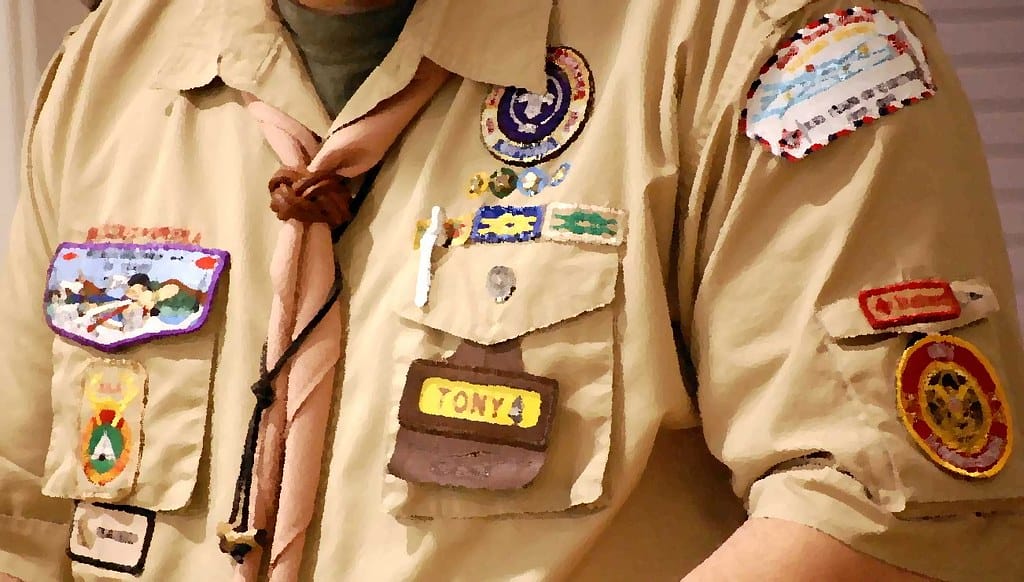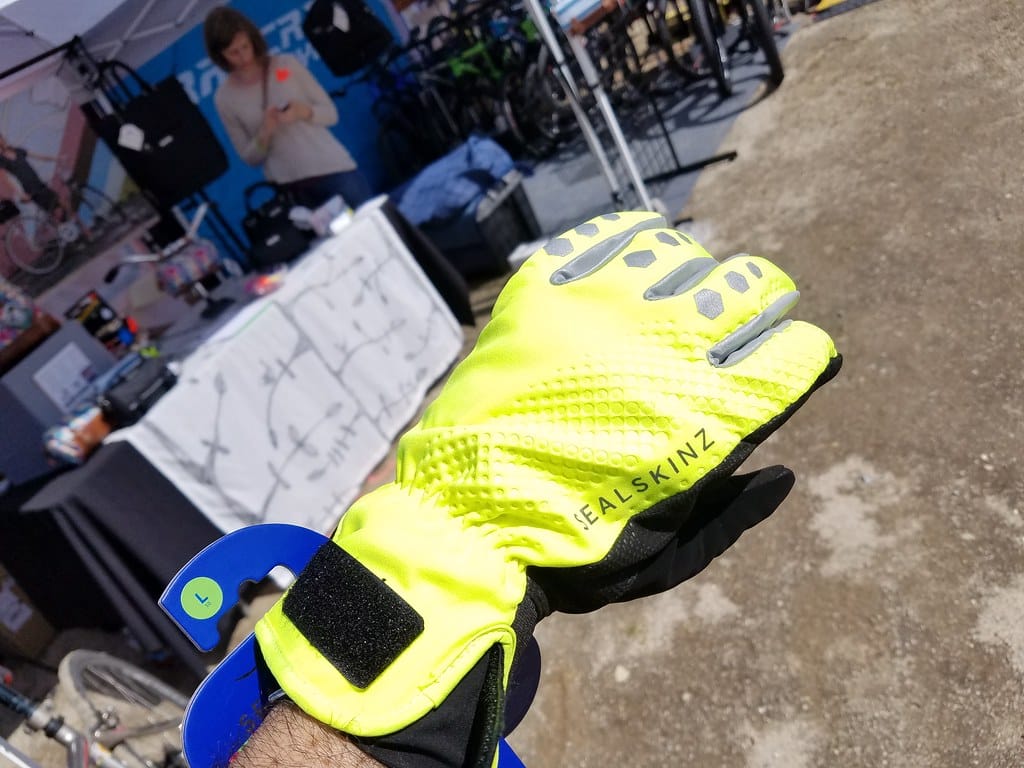
A uniform only works if it’s clean, functional, and worn right.
It doesn’t matter how advanced your design or how tough the fabric—without a clear maintenance plan, uniforms quickly lose their effectiveness, look unprofessional, and even become safety hazards.
Here’s how to set up a simple, effective uniform maintenance protocol that keeps your workforce sharp, safe, and inspection-ready.
Why Uniform Maintenance Matters
Uniforms are part of your brand image, safety policy, and employee morale. Poorly maintained workwear can lead to:
- Stains and odor that reflect badly on your company
- Worn-out garments that no longer protect
- Loss of shape and visibility, especially for hi-vis and FR uniforms
- Employee frustration over poor fit, insufficient backups, or missing sets
👔 Uniform care = professionalism + compliance + pride.
Step 1: Define Cleaning Responsibilities
There are two main approaches:
🧺 Centralized (Company-Managed) Laundry
- Ideal for: Industrial, food service, healthcare, or safety-critical jobs
- Ensures standards are met (e.g., infection control, FR maintenance)
- Tracks uniform return, replacement, and cleaning frequency
👕 Employee-Led Home Laundering
- Suitable for: Retail, admin, non-safety-critical uniforms
- Must provide clear washing instructions to maintain quality
- Risk: Inconsistent care may shorten lifespan or affect appearance
✅ Provide a written uniform care guide for each department.
Step 2: Cleaning Guidelines by Fabric Type
| Fabric Type | Cleaning Notes |
|---|---|
| Flame-Resistant (FR) | Use mild detergent, no bleach or fabric softener; air or tumble dry low |
| Hi-Vis Garments | Avoid harsh detergents, wash separately to prevent dulling |
| Poly-Cotton Blends | Wash warm, tumble dry medium; ideal for everyday wear |
| White Chef Wear | Use stain-removal soaks; avoid chlorine bleach unless approved |
| Water-Repellent Gear | Cold wash, no dry-cleaning unless labeled; re-treat if needed |
🧼 Always follow the care label—and educate staff during onboarding.
Step 3: Establish Storage Best Practices
Proper storage keeps uniforms clean and presentable—and makes them easy to distribute.
For On-Site Storage:
- Use ventilated lockers or hanging racks
- Separate clean/used bins for central laundry pickup
- Keep backup stock sorted by size, role, and season
For Remote/Field Staff:
- Provide uniform bags or branded garment carriers
- Include travel care tips for wrinkle-prone items
✅ Never store damp uniforms—moisture kills fabric integrity and hygiene.
Step 4: Create a Replacement Cycle
All uniforms wear out—it’s better to plan replacement than wait for failure.
| Garment Type | Average Lifespan* |
|---|---|
| Daily work shirt | 12–18 months (depending on use) |
| FR Coverall | 12–24 months (or 50–75 washes) |
| Hi-Vis Jacket | 12 months (if visibility fades) |
| Kitchen Aprons | 6–12 months |
| Hospitality Polos | 12–18 months |
✅ *These vary by job, climate, and wash conditions—track usage where possible.
Step 5: Inspection and Accountability
Create a simple uniform inspection checklist for supervisors:
- Stains, tears, loose seams
- Faded reflectivity (hi-vis)
- Shrinking or misshaping
- Lost logos or non-compliant patches
- Missing buttons or closures
🔄 Assign staff to report damaged garments and request replacements
📋 Use a digital tracker or spreadsheet to monitor who received what, when, and what needs replacing
Step 6: Plan for Growth and Emergencies
Always keep extra stock on hand:
- New hires need uniform sets ready on day one
- Size changes due to growth or rotation must be easy to accommodate
- Emergency backups for spills, damage, or inspections
✅ Maintain 5–10% buffer stock of each core uniform item.
Optional Add-On Services for Uniform Longevity
If you’re scaling up or managing multiple locations, consider:
- RFID tagging of uniforms to track wash cycles and assignment
- On-site uniform lockers for shift teams
- Uniform-as-a-service rental and cleaning programs (common in industrial sectors)
At workwearsolutions, we can help coordinate these services as part of your uniform program.
Conclusion
Uniforms aren’t just a purchase—they’re a process.
As a buyer or operations manager, the smartest investment isn’t just buying great uniforms… it’s keeping them clean, safe, and ready to wear.
✅ Train your team
✅ Monitor wear
✅ Replace before failure
✅ Keep your image and safety record spotless
Need help building a complete uniform program—including sourcing, maintenance, and lifecycle planning?
Let’s make sure your uniforms work hard, look sharp, and last long.
📩 Contact: [email protected]
🌐 Visit: www.workwearsolutions.net
Zion Zhang
Recent Posts
 100-Wash Antimicrobial Durability: Long-Lasting Hygiene Protection for Food and Healthcare Industries2025年12月20日Food processing plants and healthcare facilities are […]
100-Wash Antimicrobial Durability: Long-Lasting Hygiene Protection for Food and Healthcare Industries2025年12月20日Food processing plants and healthcare facilities are […] Future Reflective Materials: Adaptive Visibility for High-Mobility and High-Risk Work Environments2025年12月19日Modern industrial workplaces are evolving rapidly. […]
Future Reflective Materials: Adaptive Visibility for High-Mobility and High-Risk Work Environments2025年12月19日Modern industrial workplaces are evolving rapidly. […] Next-Gen FR Fabrics: Lighter, Softer, and More Durable Flame-Resistant Workwear for Long Shifts2025年12月18日For decades, flame-resistant (FR) workwear has been […]
Next-Gen FR Fabrics: Lighter, Softer, and More Durable Flame-Resistant Workwear for Long Shifts2025年12月18日For decades, flame-resistant (FR) workwear has been […] Nano-Coatings Reduce Washing Frequency: Smarter Workwear for Cleaner, More Efficient Operations2025年12月17日Industrial workwear is no longer evaluated solely on […]
Nano-Coatings Reduce Washing Frequency: Smarter Workwear for Cleaner, More Efficient Operations2025年12月17日Industrial workwear is no longer evaluated solely on […] Self-Healing Fabrics: The Future of Durable Protective Workwear in Extreme Industries2025年12月16日Self-healing fabrics represent one of the most […]
Self-Healing Fabrics: The Future of Durable Protective Workwear in Extreme Industries2025年12月16日Self-healing fabrics represent one of the most […] Thermo-Adaptive Fabrics: Dynamic Microclimate Control for Extreme Heat Environments2025年12月8日In high-temperature environments—whether in Middle Eastern […]
Thermo-Adaptive Fabrics: Dynamic Microclimate Control for Extreme Heat Environments2025年12月8日In high-temperature environments—whether in Middle Eastern […]
CONTACT US
- Feel free to contact us any time. We will get back to you as soon as we can!
- +86-17330061805
